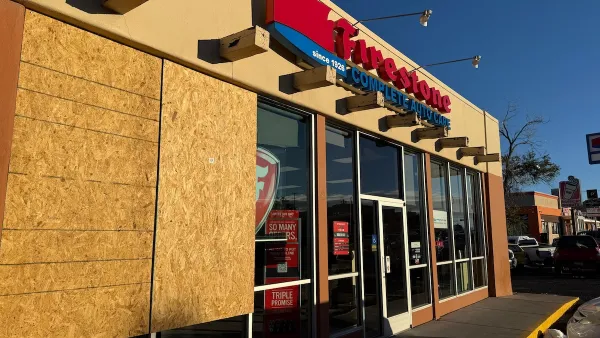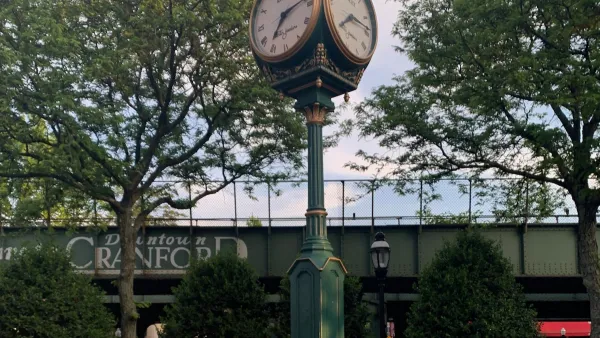Is your home historic? The Atlantic Cities challenges its readers to look at the history behind their own homes, providing a list of 10 things one can do to learn something new about the place we spend most of our time.
Was your house a safe-house on the Underground Railroad, or a former President's childhood home, or was it designed by a famous architect? Perhaps not, but Emily Rose of The Atlantic Cities gives an easy-to-use list of ten potential starting points for those looking to unravel the past of their domestic space.
Some tips are as easy as just looking around your home. "You might find dates or stamps left by the builder; different-sized bricks will tell you that the house was built in different construction cycles," writes Rose. Scrounging around the backyard and the neighborhood might also turn up some interesting clues, from old glass bottles and children's toys to the size, layout, and alignment of your own home in relation to the rest of the neighborhood. The clues could tell you about what time period or for what purpose your home was constructed.
If you want to dig deeper, researching documentation could tell you even more. Census data, title deeds, and property records can tell you information like how many people were living there in 1950, the number of children, the cost of the home, and even if the home contained a radio; all very interesting stuff for history buffs. Rose points out that the answers to some of the questions above can be tracked down at your public library or local historical societies.
So why not give it a shot?
FULL STORY: Unravel Your Home's History

National Parks Layoffs Will Cause Communities to Lose Billions
Thousands of essential park workers were laid off this week, just before the busy spring break season.

Retro-silient?: America’s First “Eco-burb,” The Woodlands Turns 50
A master-planned community north of Houston offers lessons on green infrastructure and resilient design, but falls short of its founder’s lofty affordability and walkability goals.

Delivering for America Plan Will Downgrade Mail Service in at Least 49.5 Percent of Zip Codes
Republican and Democrat lawmakers criticize the plan for its disproportionate negative impact on rural communities.

Test News Post 1
This is a summary

Test News Headline 46
Test for the image on the front page.

Balancing Bombs and Butterflies: How the National Guard Protects a Rare Species
The National Guard at Fort Indiantown Gap uses GIS technology and land management strategies to balance military training with conservation efforts, ensuring the survival of the rare eastern regal fritillary butterfly.
Urban Design for Planners 1: Software Tools
This six-course series explores essential urban design concepts using open source software and equips planners with the tools they need to participate fully in the urban design process.
Planning for Universal Design
Learn the tools for implementing Universal Design in planning regulations.
EMC Planning Group, Inc.
Planetizen
Planetizen
Mpact (formerly Rail~Volution)
Great Falls Development Authority, Inc.
HUDs Office of Policy Development and Research
NYU Wagner Graduate School of Public Service





























